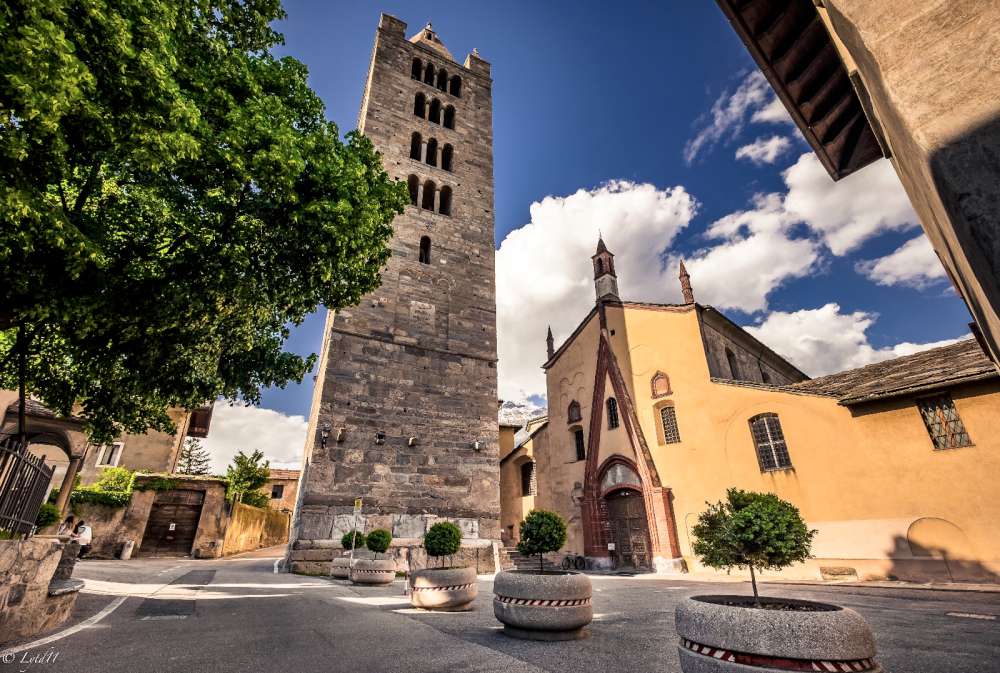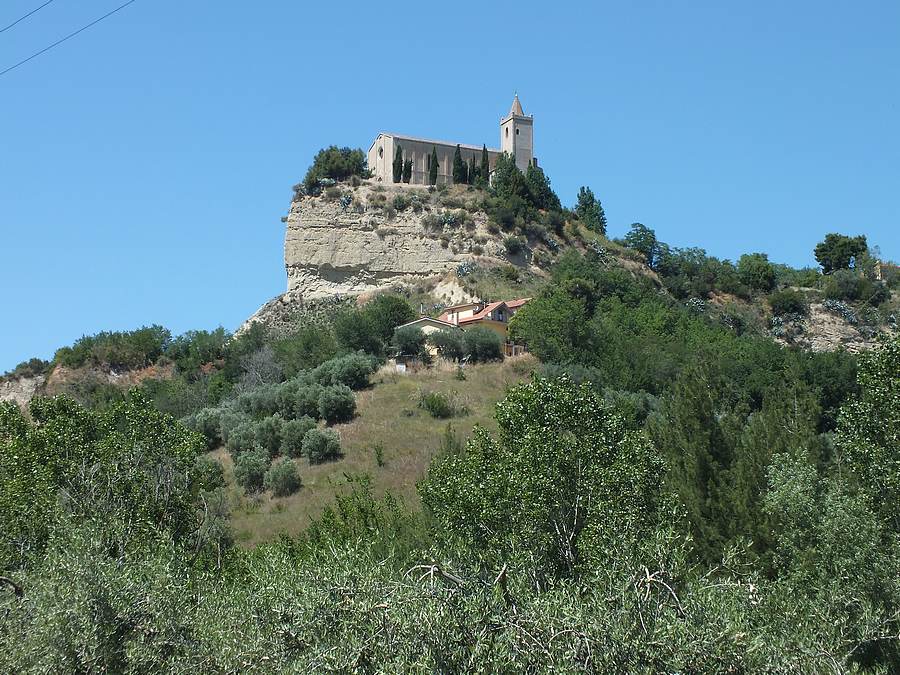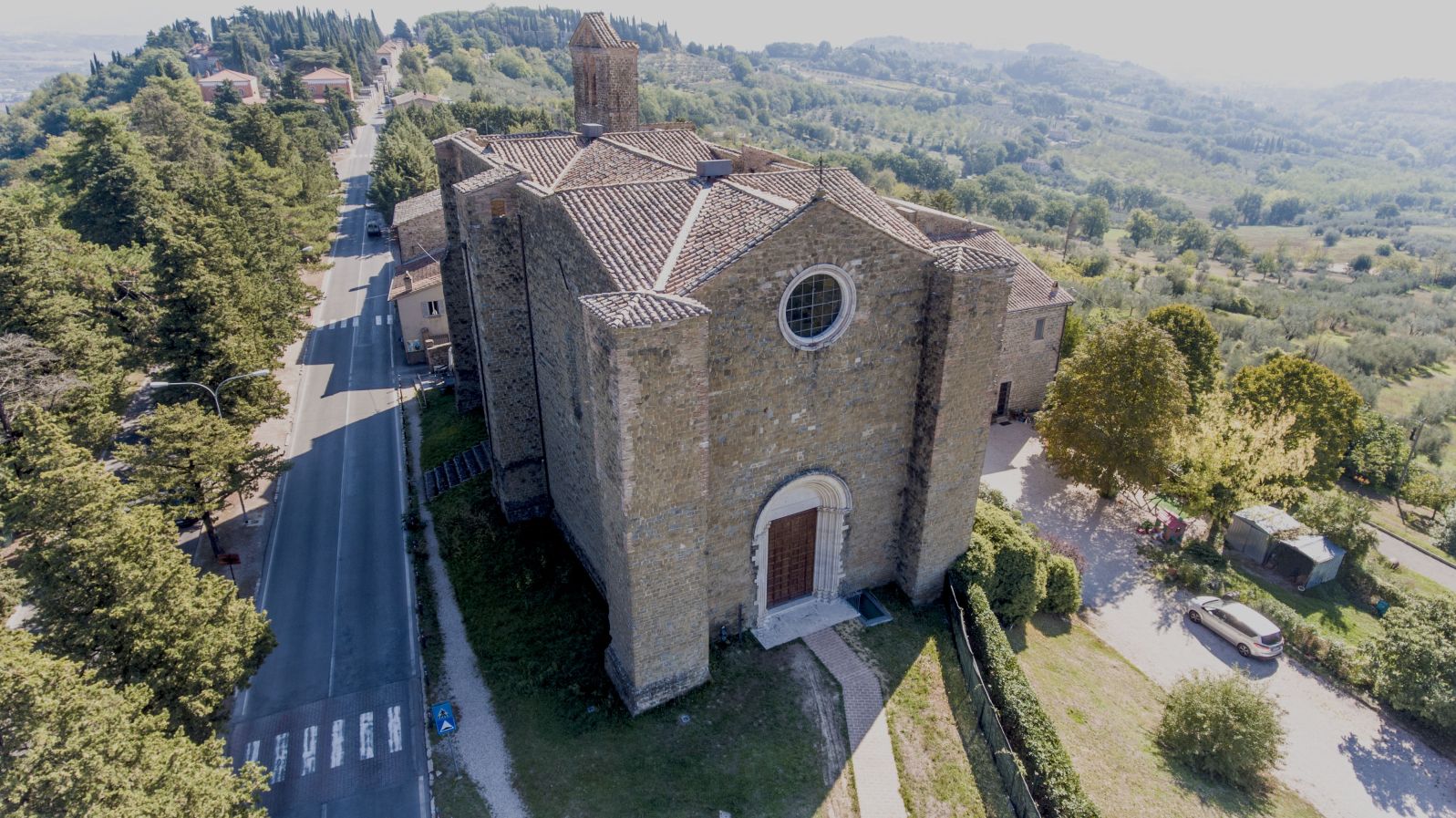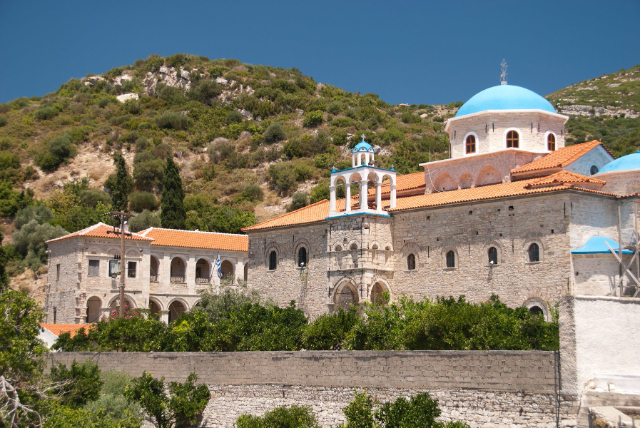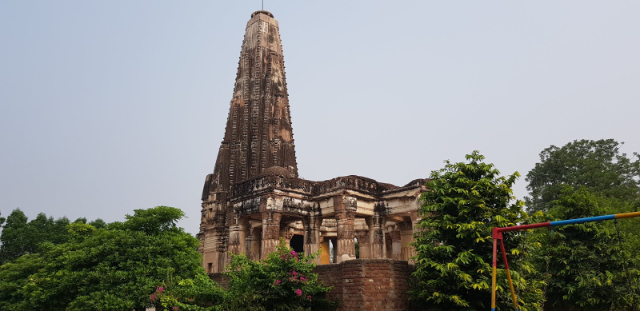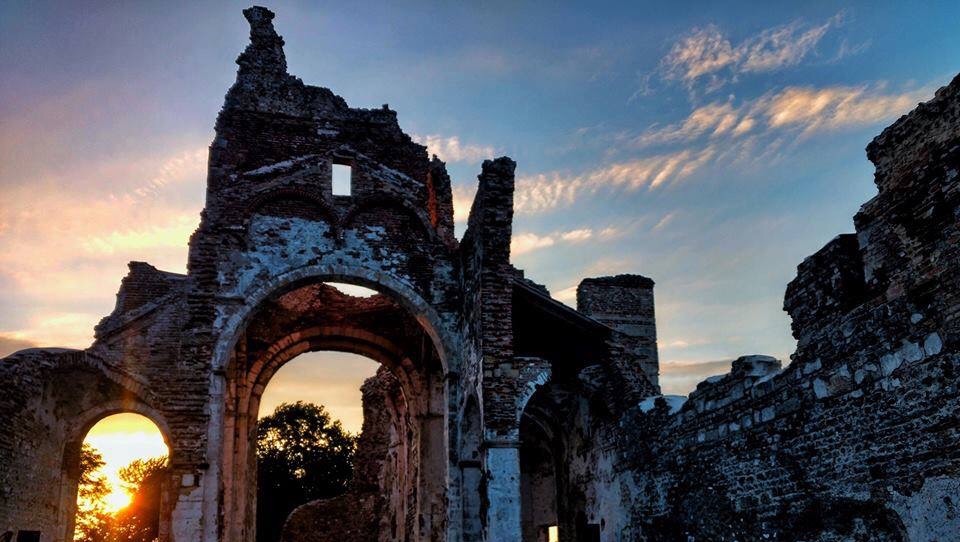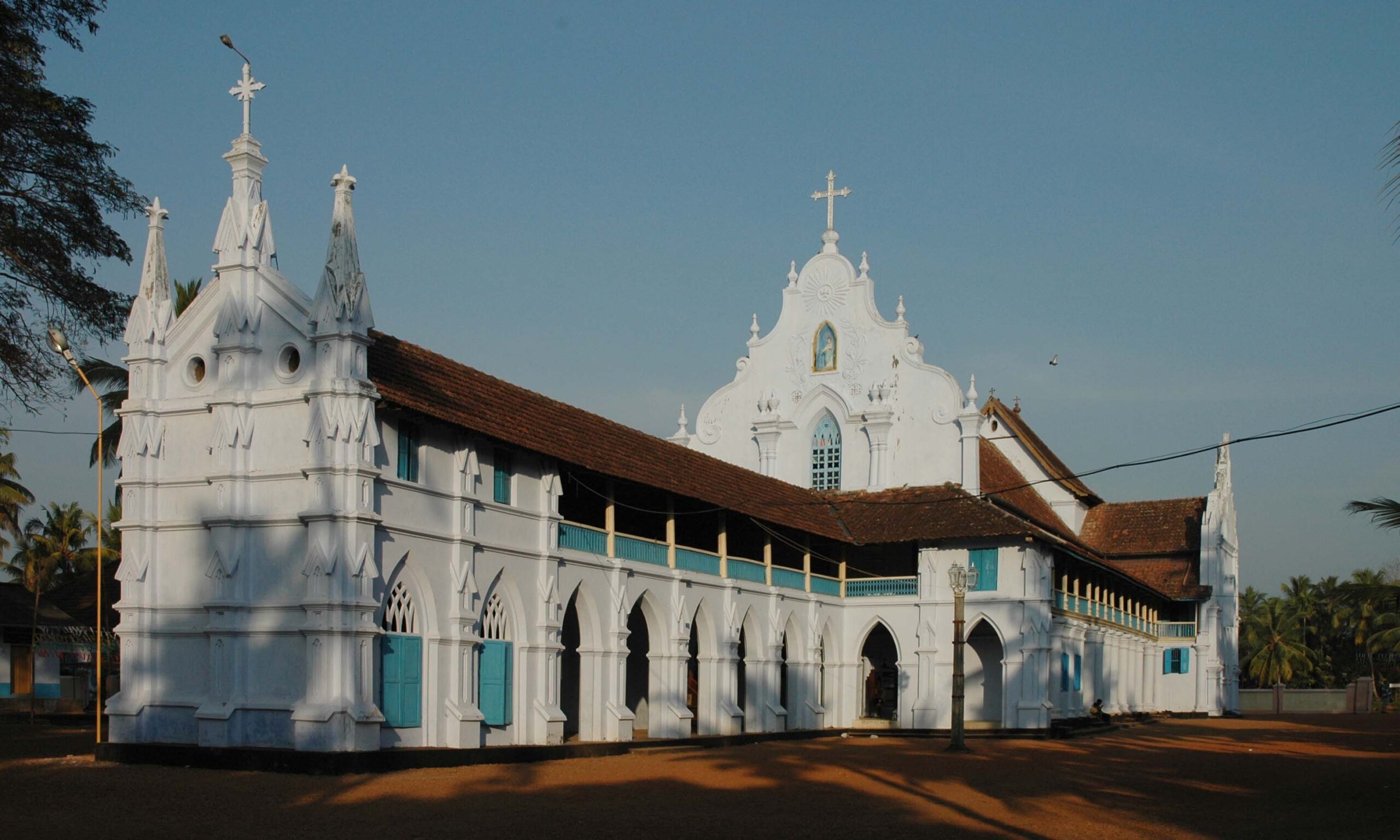The monumental complex of Sant’Orso is located in an area once occupied by a necropolis outside the Roman walls. During the 5th century, in the immediate vicinity, the early Christian Basilica of San Lorenzo was built, consisting of an apsidal hall that was the destination of privileged burials.
Because of fires and floods that destroyed San Lorenzo and Sant’Orso, the latter church was rebuilt and enlarged in the ninth century, becoming the most important of the complex. It was Bishop Anselm at the beginning of the 11th century who promoted a building campaign in the Romanesque style. The cloister is the real jewel of the monumental complex of Sant’Orso, which is accessed through an open hallway on the right of the facade. The primitive Romanesque structure almost certainly dates back to 1132 and was the work of Provençal or Lombard masters; when the bull of Pope Innocent II imposed the rule of Saint Augustine on the canons of Sant’Orso, the cloister already existed, as is shown by an inscription above a capital. The capitals, sculpted in marble but already covered in dark varnish in ancient times, complete simple and paired columns of different shapes and admirably depict symbolic scenes from the New and Old Testament, from the life of Saint Ursus, fantastic characters and animals or contain various decorative elements. They are considered among the highest expressions of Romanesque religious sculpture.
The important cycle of Ottonian frescoes which can be visited in the attic also dates back to this period: one of the best preserved examples in Europe of the pictorial art of the 11th century, together with the frescoes of Aosta Cathedral, they depict the Stories of the Life of Christ interspersed with decorative elements. These pictorial testimonies have been fortunately preserved until today "hidden" in the attic thanks to a construction intervention commissioned by Prior Giorgio di Challant in late Gothic style.
Next to the church you can admire the Priory, a building built at the behest of Giorgio di Challant and characterized by terracotta tiles that recall the Issogne castle and the interventions wanted by the prior himself for that family residence. On the first floor of the building you can visit the private chapel of Giorgio di Challant, enlightened patron of the period.
